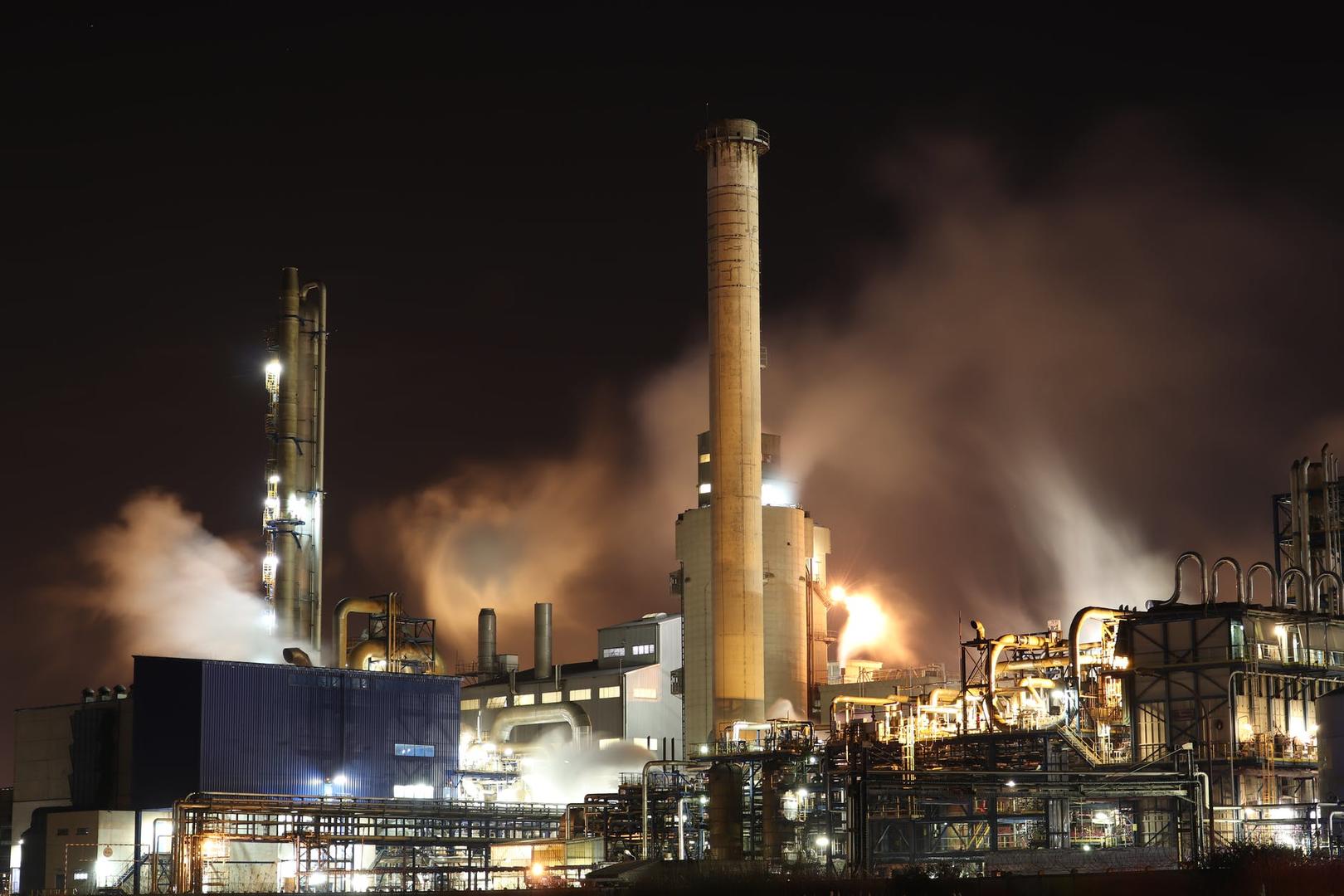
Picture: Loïc Manegarium, Pexels
1. South Africa has been in import mode for fuel in the recent past. What that means is that instead of importing crude oil and refining it locally into petrol, diesel etc, we are now directly importing those fuel types separately. The tilt to imports was caused by the loss of two major refineries.
2. The Astron Energy refinery in Cape Town was shut down after an explosion killed two people on 2 July 2020 — that refinery was the third largest in the country processing 110 000 barrels per day.
3. The country's second biggest, the Engen refinery in Durban, used to process 125 000 barrels per day — that too was shut down after a fire caused by an explosion 4 December 2020.
4. Now the country's biggest, the South African Petroleum Refineries (Sapref), also in Durban, will be going offline end March 22 . Jointly owned by Shell and BP, Sapref has a capacity of 180 000 barrels per day.
5. The reason why Sapref is shutting down is not because it is broken — Sapref is shutting down because of overregulation. Essentially, our government wants the plant modified to reduce sulphur emissions by 2023. BP and Shell have clearly calculated that spending almost US $4 billion to upgrade six refineries is just not worth it.
6. As economist Mike Schussler has pointed out, the loss of Sapref will mean South African is now producing less than 30 percent of the petroleum we did in 2005.
7. Meanwhile, sanctions against Russia will mean a significant chunk of oil production will be removed from global markets. This means that countries which previously imported from Russia (Germany, Italy, the Netherlands, Poland, Finland, Lithuania, Greece, Romania and Bulgaria) will soon also be turning to the same suppliers used by South Africa, who will naturally increase their prices as a result.
8. South Africa could ignore US sanctions and buy from Russia. But this would be costly because the US would cut us off from AGOA — The African Growth and Opportunity Act which provides trade preferences for quota and duty-free entry into the United States for our exports.
9. Fuel costs are the biggest driver of inflation in South Africa currently. This will put pressure on the Reserve Bank to raise interest rates which will increase the cost of financing which will mean a slowing of economic growth.
10. So with crude oil potentially reaching $200 / barrel in the medium term, a worsening rand / dollar exchange rate, failure to develop our own resources thanks to sniveling concerns about environmental impact off the Wild Coast by our laptop class — R40 / litre looks very real.
